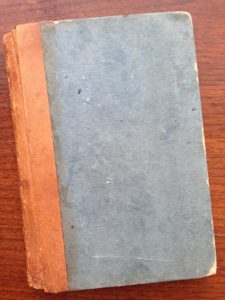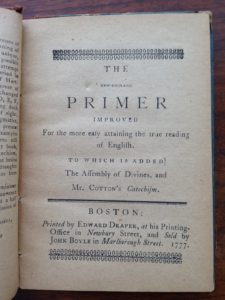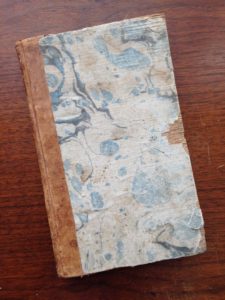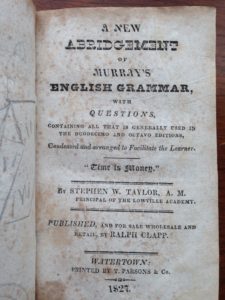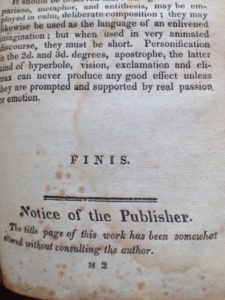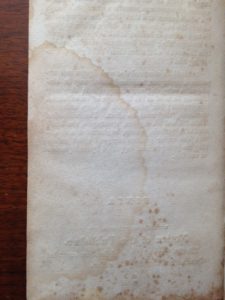In the late 17th Century, Boston publisher Benjamin Harris reprinted portions of his English Protestant Tutor, added new material designed for the American colonies, and called it The New England Primer.
The Primer was the first reader specifically made for the American colonies. It was widely used in schools, promoting literacy and instilling Puritan culture into early American thought by rote memorization of protestant doctrine. Over 450 editions and adaptations were created, including the Indian Primer, which was printed in 1781 in English and Mohawk. The First Great Awakening (1730s-1740s) influenced changes in the Primer to focus on God’s love rather than God’s wrath.
The New England Primer was the most published and used schoolbook in America in the 18th Century. An estimate 6-8 million copies had been sold by 1830, yet only about 1,500 still exist. This attests to the Primer’s use, especially by children.
It began to fall out of use after Noah Webster’s Blue Back Speller (1790). Webster said of the Primer: “It taught millions to read, and not one to sin. Let us thank God for having given us such ancestors, and let each successive generation thank Him not less fervently for being one step further from them in the march of ages.” Oh, the myriad steps we’ve taken away from those values in the 200 years since Webster’s comment!
